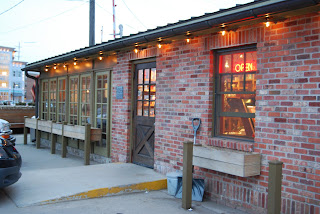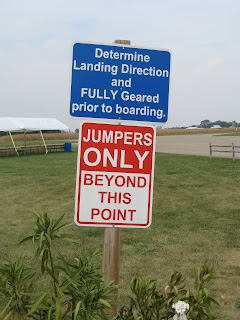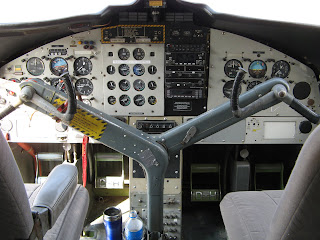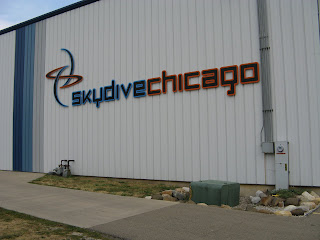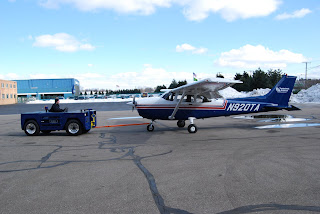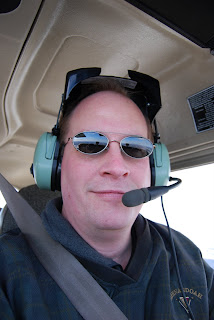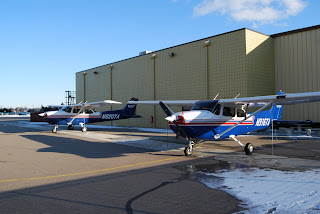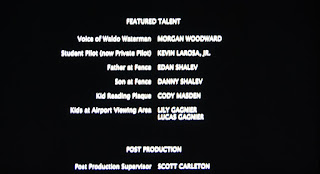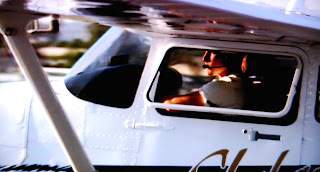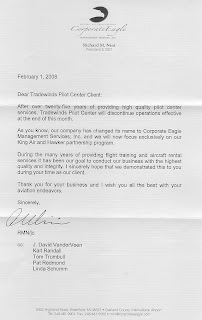
This is a regular blog post. Scroll up or down if you’re looking for episode info or audio.
I drove back last night from seeing clients in Chicago earlier this week. An earlier lunch had been called off so I had an hour to spare and still tuck the kids in back in southeast Michigan. So I did something that I’d been thinking for a long time about doing. I turned off I-94 and headed into downtown Kalamazoo.
In 1989, I took my first job after college. I was a commercial credit analyst at Old Kent (now Fifth Third) until 1992 and then moved over as a commercial loan analyst and later recovery specialist at First of America (later National City). I got my MBA at Western Michigan University (because that’s what you do at least one evening a week if you’re a commercial banker in Kalamazoo and don’t have an MBA yet) in 1993 and finally resolved to go to law school.
During late 1993 and early 1994, I sent resumes over to the east side of the state (where the Wayne State University School of Law is) and interviewed a lot. I also worked on my skills for the Law School Admission Test (the “LSAT”) – an amazingly worthless test of most of the qualities that make for a good law student (although, if prompted, I can tell you that the LSAT is, in at least one instance, highly predictive of how a taker will do on future LSATs – I scored in the same percentile all three times I took it between 1988 and 1994).
The Water Street Coffee Joint opened at about that time. It’s on a little sliver of street right near the railroad tracks on the east end of downtown near where Main Street and Kalamazoo Street (the two parallel one-way main drags of town) meet to form the two-way version of East Main that heads out toward Comstock.
It was cozy and had little parking. Really, really good coffee. I had a particularly memorable evening there working on the LSAT review book (Kaplan, I think) and ruminating on this new direction that I was about to take. Sometimes, I’d take what remained of my coffee and drive over to the park to smoke little Italian Ammezzati cigars (favored by Michigan Supreme Court justice John Voelker, better known to most by his pen name, Robert Traver, author of Anatomy of a Murder, People vs. Kirk, and Laughing Whitefish) and read the Detroit area want ads.
But it wasn’t the kind of place that you’d usually expect to make it more than a couple of years. Little or no pedestrian traffic in that area. Limited parking. Heavy vehicular traffic. You sometimes take your life into your own hands getting across multiple lanes to pull in.
I had often wondered whether the place might still be there after about 15 years.
Since then, I have completed law school (cum laude and Order of the coif, thank you!), joined a great firm, and become a member (the equivalent of “partner” for PLLCs). Not to mention CMA, CFM, instrument-rated pilot, father, and lots of other things. But 15 years is a long time.
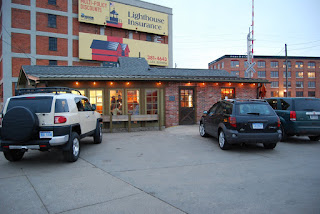
To my great satisfaction, it’s still there. And the coffee is just as I remember it. They’re not afraid to sell really bold coffee brewed strong. And the seating area is still configured more or less as I remember it. Although I couldn’t stay around, I did poke my head into the seating area and my little table (or something very closely approximating it) is still there. No little bronze plaque declaring that “Here sat the future Stephen Force in 1994 and dreamed he large, grandly, and well,” but there needn’t be. It’s enough for me that it’s still there in more or less the same shape as when I last walked out the door to move to the Detroit area.
The Water Street Coffee Joint was someone’s dream in 1994 or so. The grand challenges of the law were my dream then. The dreams crossed briefly in time and space and time and each helped the other in some small way.
And now, close to 15 years later it’s good to see that the coffee joint is still there and still doing for others what it did for me.
You can go back. If you choose your places and moments carefully, and if the proprietors of the places where you hatch and nurse your plans are successful and kind. And if you’re both very, very lucky.
Thanks, Water Street, for being there. I’ll try to make sure that it’s less than 15 years before I’m back.
